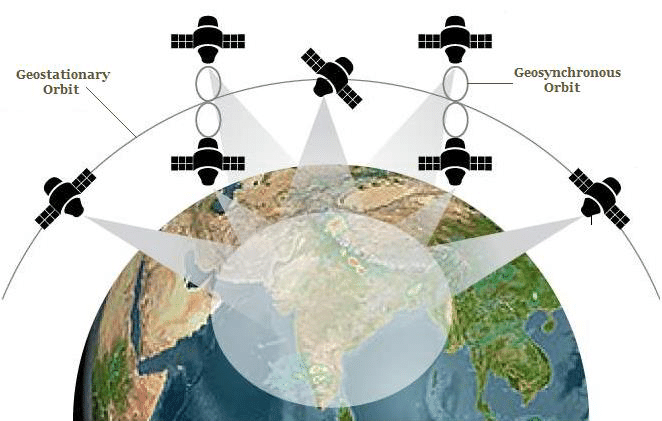QUES . Critically examine the role of IRNSS-NavIC programme on the satellite navigation system of India.
HINTS:

The Indian Regional Navigation Satellite System (IRNSS) or NavIC (Navigation with Indian Constellation) is a satellite-based navigation system developed by the Indian Space Research Organisation (ISRO). It is designed to provide reliable and accurate navigation and positioning services to users within the Indian subcontinent and up to 1500 km from its borders.
The IRNSS-NavIC program has had a significant impact on the satellite navigation system of India:
Improved Navigation Services: The IRNSS-NavIC program has improved the accuracy and reliability of navigation services in India. It provides a position accuracy of less than 20 meters, making it more accurate than the GPS system used by many countries.
Self-reliance in Navigation Technology: The development of the IRNSS-NavIC program has reduced India’s dependence on foreign navigation systems such as GPS, which are controlled by the US government. This has increased India’s self-reliance in navigation technology and reduced its vulnerability to potential disruptions in foreign navigation systems.
Applications in Various Sectors: The IRNSS-NavIC program has found applications in various sectors, including transportation, defense, agriculture, and disaster management. It has enabled the development of navigation-based applications such as vehicle tracking, fleet management, and precision farming, which can improve efficiency and productivity.
International Recognition: The IRNSS-NavIC program has received international recognition, with the International Maritime Organisation (IMO) and International Civil Aviation Organization (ICAO) recognizing it as a navigational aid. This has increased India’s visibility and credibility in the global navigation industry.
Issues with the IRNSS-NavIC program:
Limited Coverage: The IRNSS-NavIC program has limited coverage and cannot provide navigation services beyond 1500 km from India’s borders. This restricts its usefulness in global navigation applications.
Limited User Base: The user base for the IRNSS-NavIC program is still limited, and it needs to be expanded to achieve the desired impact on various sectors.
Cost: The development and maintenance of the IRNSS-NavIC program require significant investment, which could be a challenge for a developing country like India.
Overall, the IRNSS-NavIC program has had a significant impact on the satellite navigation system of India. It has improved navigation services, increased self-reliance in navigation technology, found applications in various sectors, and received international recognition. However, there are still some critical issues that need to be addressed to achieve the desired impact.
